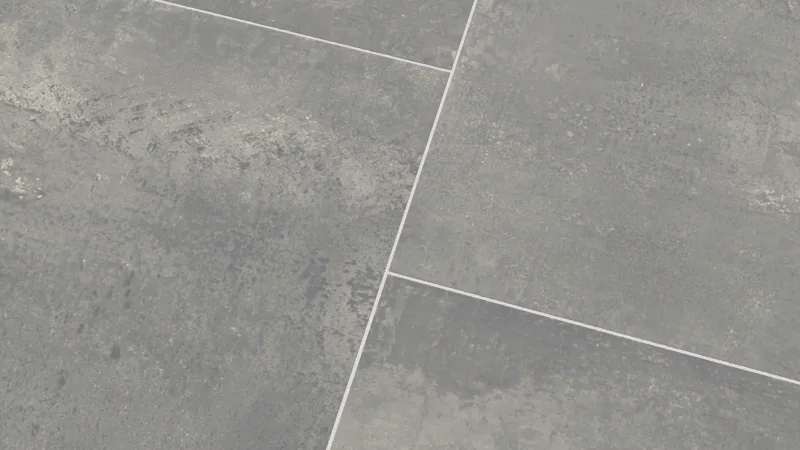If you’ve ever laid tiles, you understand the importance of selecting the right grout to complement your project. The choice of grouting can significantly impact the overall look and longevity of your tiled surfaces. As you weigh your options and consider the factors that play into the decision-making process, it’s essential to remember that not all grouts are created equal. What sets them apart? Let’s navigate through the world of grouting together, uncovering the nuances that can make or break your tile installation.
Types of Tile Grouting
- When choosing the best grouting for your tiles, it’s essential to consider the various types available to ensure a precise and durable finish. The first aspect to deliberate upon is grout color. The color of the grout can significantly impact the overall look of your tiled surface. Opting for a grout color that complements your tiles can enhance the aesthetic appeal of the space, while choosing a contrasting color can create a striking visual effect.
- Another critical factor to contemplate is grout thickness. The thickness of the grout lines can influence the durability and maintenance of your tiled surface. Thicker grout lines provide more strength and support for the tiles, especially in high-traffic areas. On the other hand, thinner grout lines can create a seamless look, ideal for modern and sleek designs.

Benefits of Epoxy Grout
- Considering the meticulous tile grouting choices you’ve made, exploring the benefits of epoxy grout unveils a realm of durability and versatility that can elevate your tiled surface to new heights. Epoxy grout is renowned for its exceptional durability, making it ideal for high-traffic areas or spaces prone to moisture. Its robust composition ensures that it resists stains, cracks, and chemicals better than traditional grout options. Moreover, epoxy grout offers a wide range of color options, enhancing the aesthetics of your tiled surface by providing a seamless finish that complements your design choices.
- While epoxy grout may have a higher initial cost compared to other grouting options, its longevity and low maintenance requirements make it a cost-effective choice in the long run. Its resistance to mold and mildew reduces the need for frequent cleaning, saving you time and effort. With epoxy grout, you can enjoy a beautiful tiled surface that remains pristine and vibrant for years to come, elevating the overall look and feel of your space.
Drawbacks of Cementitious Grout
What challenges do users often encounter when working with cementitious grout for their tile projects?
- Cementitious grout, while a popular choice for tiling projects, comes with its own set of drawbacks that users should be aware of. One significant issue with cementitious grout is the maintenance it requires. Unlike epoxy grout, which is stain-resistant, cementitious grout is porous and can easily absorb liquids, leading to staining. This makes it more challenging to keep clean and maintain its original appearance over time.
- Another drawback of cementitious grout is limited color choices compared to epoxy grout. While there’s a range of colors available, cementitious grout may not offer the same variety and vibrancy that epoxy grout does. This limitation in color options can make it harder to find the perfect shade to complement your tiles and overall design aesthetic. When using cementitious grout, it’s essential to consider these factors and be prepared for the potential maintenance and color constraints that come with this type of grout.
Choosing Sanded Vs. Unsanded Grout
- To ensure the best results for your tile project, understanding the differences between sanded and unsanded grout is crucial. When it comes to choosing between sanded and unsanded grout, one of the key factors to consider is the tile spacing. Sanded grout is recommended for larger gaps between tiles, typically 1/8 inch or wider.
- The sand particles in sanded grout help provide strength and stability to the grout, making it ideal for filling in these wider spaces. On the other hand, unsanded grout is better suited for smaller tile gaps, usually 1/8 inch or less. This finer grout is smoother in texture, making it easier to apply in tight spaces without risking damage to the tiles.
Expert Tips for Grout Selection
For optimal results in your tile project, expertly selecting the right grout is essential. When it comes to grout selection, following expert tips and techniques can make a significant difference in the outcome of your tiling project.
- Firstly, consider the size of the grout lines. For smaller grout lines, opt for unsanded grout, while sanded grout is more suitable for wider lines. Matching the grout color to your tiles can enhance the overall aesthetic appeal.
- Additionally, ensure that the grout you choose is appropriate for the specific area of installation. For example, epoxy grout is best for areas prone to moisture, such as bathrooms and kitchens. When mixing the grout, follow the manufacturer’s instructions meticulously to achieve the correct consistency. Properly sealing the grout after installation is crucial to prevent stains and water damage.
Conclusion
In conclusion, when it comes to choosing the best grouting for tiles, epoxy grout stands out for its durability and resistance to stains and moisture. While cementitious grout is a more cost-effective option, it may require more maintenance over time. Additionally, the choice between sanded and unsanded grout depends on the size of the grout lines. By considering these factors and following expert tips, you can ensure a precise and long-lasting finish for your tiled surfaces.